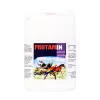Air Sac Mites (Sternostoma tracheacolum) in Racing Pigeons
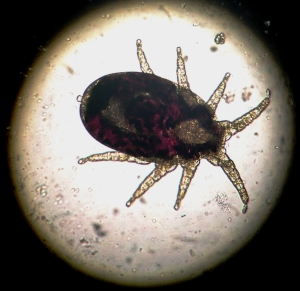
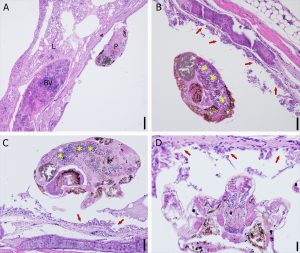
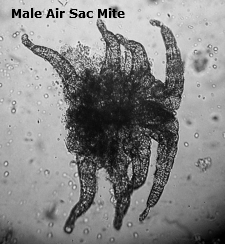
Racing pigeons require peak respiratory health to perform at their best. However, Air Sac Mites (Sternostoma tracheacolum) can silently invade a pigeon’s respiratory tract, causing distress, breathing difficulties, and a decline in racing performance. If left untreated, these microscopic parasites can compromise a pigeon’s ability to fly effectively and may even lead to severe respiratory failure.
In this blog post, we’ll explore the causes, symptoms, treatment, and prevention of air sac mites in racing pigeons to help you keep your birds in top condition.
What Are Air Sac Mites?
Air sac mites (Sternostoma tracheacolum) are microscopic parasitic mites that infest a pigeon’s trachea, bronchi, and air sacs. These mites feed on the bird’s respiratory tissues and fluids, leading to inflammation, breathing difficulties, and overall poor health.
Unlike bacterial or fungal infections, air sac mite infestations are parasitic and can spread easily among birds in close quarters, such as lofts and aviaries.
Causes & Transmission of Air Sac Mites
Pigeons can become infected with air sac mites through multiple pathways, including:
- Direct Contact with Infected Birds – Mites transfer from bird to bird during close interactions.
- Shared Feeders & Water Sources – Contaminated drinking water and food can harbor mites.
- Poor Loft Hygiene – Unsanitary conditions increase the risk of mite infestations.
- Stress & Weak Immune Systems – Pigeons that are stressed due to racing, breeding, or malnutrition are more susceptible to parasitic infections.
Signs & Symptoms of Air Sac Mite Infestation
Early detection of air sac mites is crucial for effective treatment. Look for these common symptoms:
- Heavy Breathing & Labored Respirations – Birds struggle to breathe, especially after exertion.
- Wheezing or Clicking Noises – Audible respiratory distress when the bird is at rest.
- Head Shaking & Gasping – Infected pigeons frequently shake their heads or gasp for air.
- Loss of Voice (Hoarseness) – The pigeon’s cooing may become faint or disappear.
- Lethargy & Weakness – Reduced energy levels and unwillingness to fly.
- Weight Loss & Reduced Appetite – Infected birds may struggle to eat due to respiratory discomfort.
Severe infestations can cause sudden death, particularly in birds that are under physical stress, such as racing pigeons.
Diagnosing Air Sac Mites in Pigeons
A veterinarian can diagnose air sac mite infestations through clinical examination and specialized endoscopic procedures that allow for direct visualization of mites in the respiratory tract. In some cases, swabs from the trachea may be examined under a microscope to confirm the presence of mites.
Best Treatment Options for Air Sac Mites
If you suspect an air sac mite infestation, immediate treatment is essential. Effective treatments include:
1. Anti-Parasitic Medications
- Ivermectin (Oral or Topical Treatment) : A highly effective antiparasitic that eliminates mites. It is often administered by adding drops to drinking water or applying it directly to the pigeon’s skin.
- Moxidectin : An alternative to ivermectin, used in similar applications.
- EKTO/ENDO DROPS (Spot-On Treatment): Applied to the back of the neck, it kills mites and lice within 48 hours.
- Selamectin (Revolution for Birds) – A topical treatment that provides long-term protection against mites.
2. Supportive Care
- Provide Clean & Fresh Air – Ensure the loft is well-ventilated to aid in respiratory recovery.
- Boost the Immune System – Use supplements such as Vydex Protamin Iron & B-12 to help with oxygenation and energy levels.
- Electrolytes & Vitamins – Keep pigeons hydrated with vitamin-rich water supplements.
Preventing Air Sac Mite Infestations in Racing Pigeons
Prevention is always better than cure. Implement these preventative measures to protect your pigeons from air sac mites:
1. Maintain Loft Cleanliness
- Regularly clean and disinfect lofts, perches, and feeding areas.
- Ensure proper ventilation to prevent stagnant air, which can harbor mites.
2. Quarantine New Birds
- Always isolate new pigeons for at least 2-3 weeks before introducing them to your flock.
- Observe for any signs of respiratory distress before mixing them with other birds.
3. Use Preventative Treatments
- Administer ivermectin or selamectin periodically to protect against mites.
- Include immune-boosting supplements in your pigeons’ diet to enhance their ability to resist infections.
4. Monitor Birds Regularly
- Perform routine health checks to detect early signs of infestation.
- If you notice any breathing issues, act quickly to prevent the spread of mites.
Final Thoughts: Keeping Your Pigeons Respiratory System Healthy
Air sac mites (Sternostoma tracheacolum) can have a devastating impact on racing pigeons, leading to severe respiratory distress and poor performance. However, with early detection, effective treatment, and a strong preventative care routine, you can ensure that your birds stay healthy and race at their best.
By maintaining loft hygiene, using preventative mite treatments, and boosting immune health, you can protect your flock from infestation and keep them in top racing condition.
Stay proactive, keep your pigeons healthy, and watch them soar to victory!
